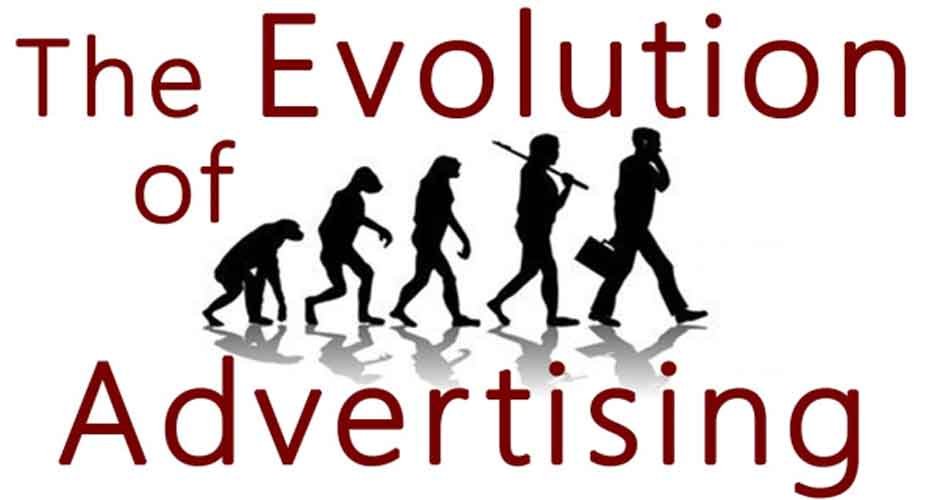Advertisement, popularly abbreviated as advert or ads is a strong marketing tool that has been employed since time immemorial. In this day and age where there is stiff competition in the marketplace, every business is clawing for a place at the top. More so, people’s attention is drawn in different directions which is why ads are being employed more massively than ever before.
Advertising has evolved in such a revolutionary way from the early days of industrialization to these days of digitization. Ads have moved from simple announcements to all sorts of campaigns that are driven by data and launched both digitally and physically. Visit https://www.britannica.com/ for more information on the history and evolution of advertising.
In this article, we will examine the basics of ads from its origin to the way it is employed to drive business success.
The History and Evolution of Advertising

Right from ancient times, businesses have employed one form of advertisement or the other to attract customers. From crudely written announcements, to signage and oral announcements; all were targeted at creating awareness.
With the advent of printing press in the 15th century, came the mass production of ads in pamphlets and newspapers. Thus marking a pivotal change in the way this marketing strategy was employed.
Industrial Revolution
From the 19th century, we began to witness the growth of mass production and industrialization. This gave birth to modern ways of advertisement as we know it. These methods include posters, billboards and newspaper adverts which shaped the visual landscape of commerce.
The following are some basics of the industrial revolution of advertising:-
The Psychology of Persuasion
- Emotional Appeal– A successful ad taps into the emotions of its audience to forge a connection. The creators of the ad can either seek to evoke empathy, nostalgia or joy which in turn drives the decision of the consumer.
- Consumer Behaviour– Advertisers understand that the study of consumer behaviour is important for effective advertising. This study helps advertisers understand what motivates consumers to make purchases and tailor their ad messages accordingly.
- Storytelling– This is one powerful tool that is used in adverts. Compelling stories are used to create unforgettable memories and imbed the brand in consumers’ consciousness. No matter the brand, stories can be woven to draw in consumers and make them identify with the brand.
Digital Revolution

With the advent of digital marketing tools came a sort of dilemma or argument amongst marketers. The issue of direct vs indirect marketing; which is more effective became a hot issue. However experts are of the opinion that there is a time and place for each of these strategies.
The following are some of the things that characterise the digital revolution in the world of adverts:-
- Online Advertising– The internet brought with it a new era for ads. There are many online platforms that provide unprecedented reach for businesses way beyond what regular adverts could achieve. With these innovations, businesses can reach their target audience with precision. Some of the staples of digital marketing include social media advertising, display ads and PPC (Pay-per-click).
- Data-Driven Advertising– With digital revolution in the world of adverts came data-driven advertising that’s based on insights and analytics. Advertisers use data from consumers to tailor contents for targeted audience.
- Social Media Dominance- This is evidenced through how platforms such as Instagram, Facebook and Twitter are now formidable platforms for ads. These social media platforms allow brands to carry out direct and indirect marketing as they desire. Brands can now engage consumers directly to foster a sense of community and loyalty or just push out content that creates awareness of their brands.
Different Strategies that are used for Marketing
In these days of digital revolution in advertising, there are many strategies that can be and are being employed for marketing and they include the following:-
- Influencer Marketing – Marketing gurus collaborate with influencers to reach more people and leverage on the trust that influencers have built with their followers to push their brands. Putting a trusted face to a brand most often builds a sense of authenticity with the target audience.
- Native Advertising– This are ads that blend seamlessly with the content of a platform. They are organic and don’t appear as intrusive as traditional adverts. They enhance user experience on a platform while still passing across their promotional messages.
- Interactive and Immersive Content– This involves the use of Virtual Reality (VR) and Augmented Reality (AR) to create unforgettable engagements that have lasting impacts on consumers. It also includes involving consumers in the process of product development through questionnaires, interviews and market surveys. This strategy is quite revolutionary and is changing the landscape of the world of ads. Click here for more details on AR and VR.
Challenges and Ethical Considerations
There are many challenges that are experienced in this age of digital ads revolution and they include the following:-
- Ad Blockers– The increase of ad blockers is a big challenge for digital advertiser. Users who want to have uninterrupted experience when they are online often opt for ad blockers. This now forces advertisers to look for intrusive and creative ways of connecting with their target audience.
- Privacy Issues– Collecting and using personal data for targeted adverts have generated a lot of concern due to privacy issues. Advertisers therefore have to strike a balance between respecting people’s privacy and carrying out successful marketing campaigns and this battle doesn’t seem to be ending any time soon.
- Authenticity and Transparency– Authenticity is becoming a big deals these days as consumers demand transparency. Marketers must strike a balance between promoting products and being transparent with consumers so as to build trust that will in turn foster brand loyalty.
Conclusion
Marketing is an ever evolving part of business and we believe that we have not seen the end of the evolution of advertising. The best thing that any brand can do for themselves is to stay abreast of changing trends and not remain fixated on any advertising module. That is the only way that businesses can stay afloat and thrive in the midst of the stiff competition in the business world.






